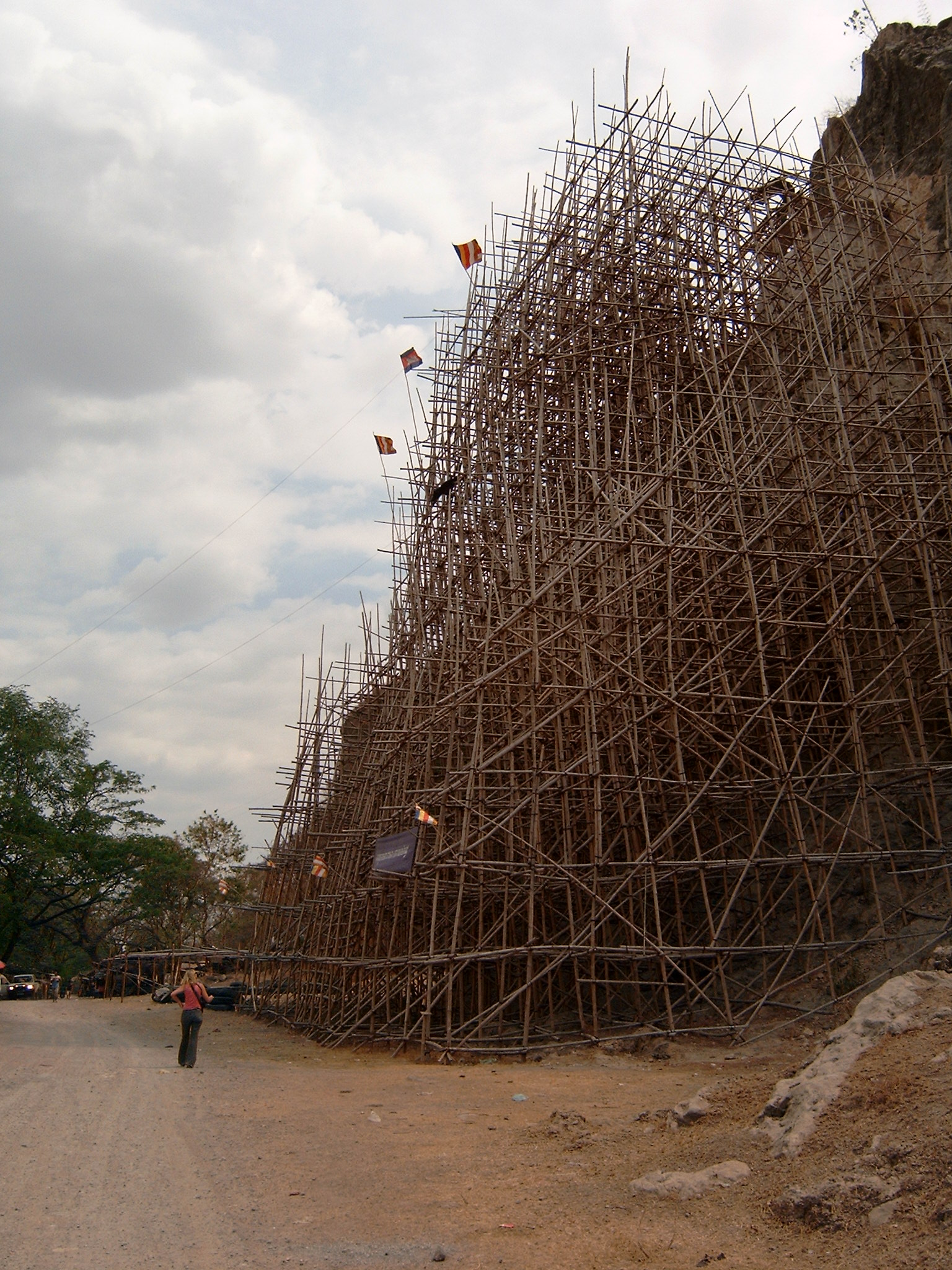The Country Wherein a Game is Played with Small Sticks

The people of that country all participate in a game; which is so curious and ingenious in its rules that I have not been able to discern more than the smallest part of it, though even their young children play it with surprising ease. I shall here endeavor to explain that part of it which I have learned.
Each player carries with himself a bag, and in this bag are flexible sticks, which may be trimmed from a tree, fashioned from straw, or purchased in bundles from the market for a very low price. These sticks may be joined to one another by means of joints which have a variety of arrangements of holes. In such a fashion structures may be formed, as small as two or three sticks, which may be held in the palm of the hand, or as large as a house, and with more complexity and subtilty.
When one player (as I will call the inhabitants of that country, for every inhabitant is a player of the game, excepting only those afflicted with palsy or complete infirmity) passes another who is known to him on the street, it is the custom to exchange a small arrangement of two or three sticks. This is done without much thought. Occasionally, however, two will sit and play a longer game, if they are familiar with one another and have no pressing engagement. In this case, one player will make a small structure and offer it to his neighbor. The neighbor will take that structure and elaborate on it, building onto it as he sees fit, according to his own habit. In a way this resembles chess, in that the two alternate turns, and there are established patterns of moves and countermoves. The difference is that this game is rarely competitive; when it turns competitive, pieces are hurled back and forth, and passers-by avert their eyes or try to intervene, for it is a shameful thing among them.
Instead, the two try to cooperate to build a structure. Sometimes one player's style will dominate, but in the best games, the two will combine to form what may only be called a work of art (though of a primitive and barbarous kind, as it contains no figures or meaning.) The game may be played among more than two players, for example when many sit down to a meal together. It may not, however, be played by only one person alone, though one occasionally sees such behavior among the mentally infirm.
There are strict rules for how pieces may be arranged, according to their sizes and shapes, and these rules are usually followed, although a more casual game may allow the relaxing of a few of them.
The most formal games last for decades, and are engaged in professionally by men paid to do so. These men are experts in the most minute rules, and build larger and larger structures that seem as if they must collapse, being built only of small sticks; but are in fact incredibly sturdy. Players will pay money to study such structures, in order to develop their own skill, and by such payment these men are supported.


Comments
http://jinja.apsara.org/travels/2005_03_battambang/phnom_sampow.htm